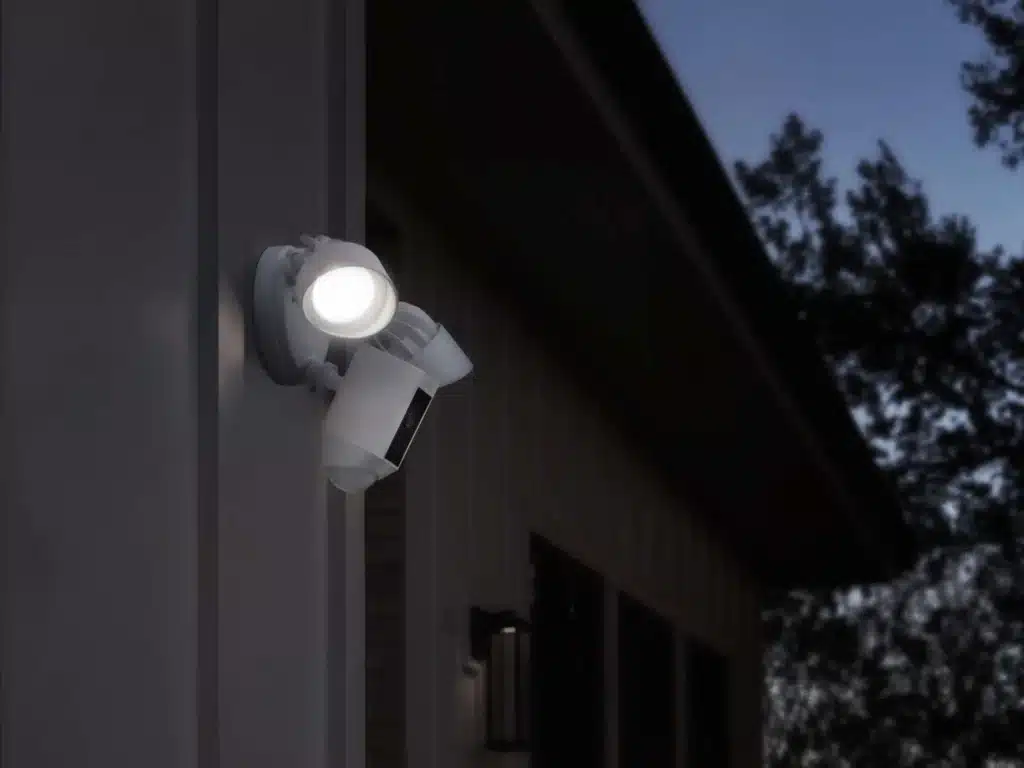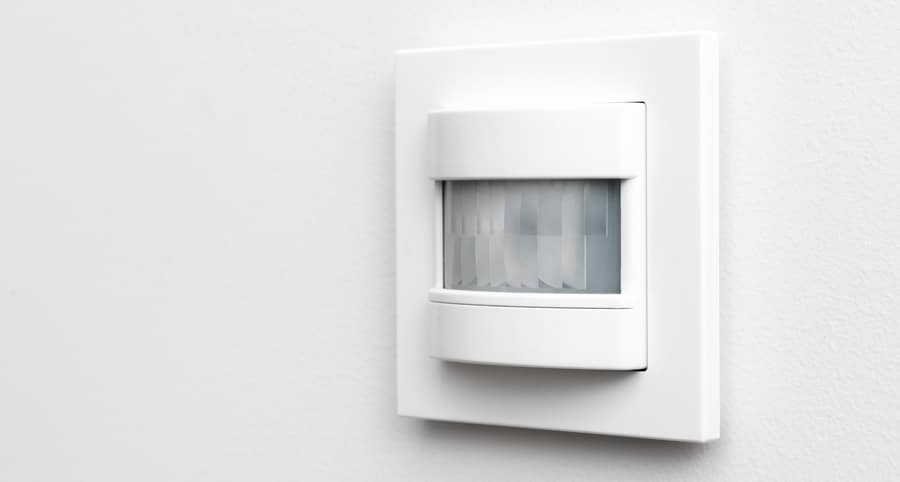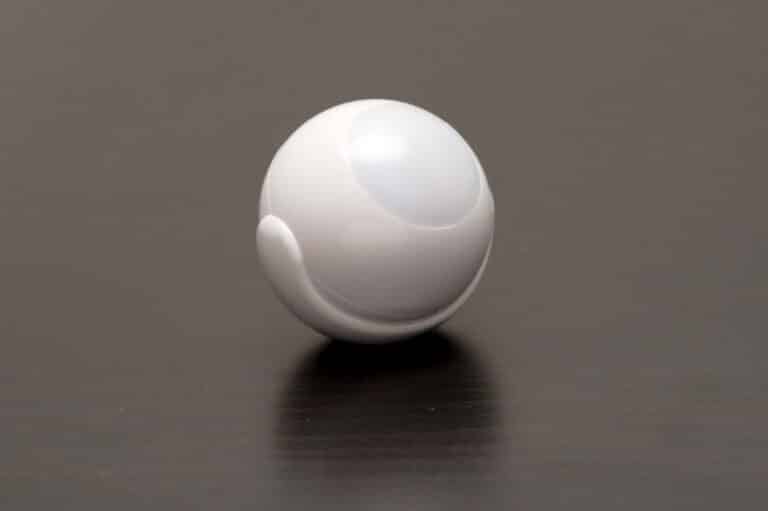Introduction
Do Motion Sensor Lights Save Energy: In today’s world, where energy conservation has become a pressing concern, finding innovative ways to save energy has become a top priority. One such solution that has gained popularity in recent years is the use of motion sensor lights. These lights are designed to automatically turn on and off based on the presence or absence of movement in their vicinity. But do motion sensor lights really save energy? In this article, we will explore the benefits of motion sensor lights and their impact on energy consumption.
Firstly, motion sensor lights are a great way to reduce energy wastage. Traditional lights are often left on for extended periods, even when no one is present in the room. This leads to unnecessary energy consumption and higher electricity bills. However, with motion sensor lights, the lights only turn on when someone enters the room and automatically turn off after a certain period of inactivity. This ensures that energy is only used when needed, resulting in significant energy savings.
Second, motion sensor lights are very useful outside, in places like gardens, roads, and paths. It’s common for these places to stay lit up all night, even when no one is there. By putting motion sensor lights in these places, the lights will only turn on when someone walks up to them, giving you enough light and protection while using as little energy as possible. This not only saves energy but also makes the light bulbs last longer, which lowers the cost of repairs.

Do motion sensor light bulbs use more electricity?
Motion sensor light bulbs are designed to automatically turn on and off based on movement detected in their vicinity. These bulbs are equipped with built-in sensors that can detect motion and trigger the light to turn on. This feature is particularly useful in areas where lights are frequently left on, such as hallways, garages, and outdoor spaces. However, there is a common misconception that motion sensor light bulbs use more electricity than traditional light bulbs.
Motion sensor light bulbs utilize less electricity than standard lights, contrary to popular perception. They’re energy-efficient on purpose. That they turn off automatically when no motion is detected saves electricity. Traditional light bulbs, on the other hand, need manual switching and can waste electricity if left on.
Motion sensor light bulbs can dramatically reduce energy use and power expenditures. These bulbs only light up when motion is sensed, preventing unnecessary lighting. This is useful in closets and basements, where lights are often neglected.
Motion sensor light bulbs also improve home security. Automatic light activation when motion is detected deters intruders and provides security. Motion sensor lights illuminate dark outdoor places, making suspicious behavior easier to spot.
Motion sensor light bulbs are inexpensive and energy-efficient. They utilize less electricity than typical light bulbs and can save energy. These lamps save money on electricity and offer security by turning off when no motion is detected.
Does sensor light save electricity?
Yes, sensor lights can save electricity. Sensor lights, also known as motion-activated lights, are designed to turn on only when they detect movement in their vicinity. This means that they are not constantly consuming electricity like traditional lights that remain switched on all the time. Instead, sensor lights only activate when someone enters the area they are installed in, and automatically turn off after a certain period of inactivity.
Energy savings are a major benefit of sensor lighting. By only turning on when needed, they reduce electricity waste from unoccupied lights. This can save households and businesses a lot of energy and cut their electricity bills.
Sensor lights also aid environmental sustainability. By reducing energy usage, they cut electricity demand and fossil fuel power generation. Reducing greenhouse gas emissions and climate change can help the environment.
Sensor lights save electricity and improve security and convenience. They automatically illuminate a room or building as someone enters or approaches, eliminating the need to find light switches in the dark. This is beneficial in corridors, staircases, and outdoor settings where visibility is crucial for safety.
Sensor lights conserve energy, reduce environmental impact, and improve security and convenience. They are a cost-effective and sustainable alternative to traditional lighting in residential, commercial, and outdoor contexts.
Do motion sensor lights use electricity when off?
Yes, motion sensor lights do use a small amount of electricity when they are turned off. This is because motion sensor lights are designed to be constantly ready to detect any movement and turn on when necessary. In order to do this, they need to have a small amount of power running through them at all times. However, the amount of electricity used by motion sensor lights when they are off is minimal compared to when they are actually turned on.
Motion sensor lights use 0.5 watts when off. This uses about as much electricity as a nightlight or small LED bulb. This low power usage is because the motion sensor must be engaged to detect movement. The sensor can swiftly activate the light and adapt to environmental changes by keeping a small amount of electricity flowing.
The power consumption of motion sensor lights when off varies by model and manufacturer. Motion sensor lights may use more or less electricity while not in use. Power usage is usually low and shouldn’t affect your electricity cost.
Even though motion sensor lights use a minimal amount of electricity when off, they should be turned off when not in use. This can save more energy and lower power consumption. Keeping motion sensor lights off while not in use can also improve their lifespan and reduce replacements.
What are the disadvantages of motion sensor lights?
Motion sensor lights are a popular choice for many homeowners and businesses due to their convenience and energy-saving benefits. However, like any technology, motion sensor lights also have their disadvantages. It is important to consider these drawbacks before deciding to install them.
Motion sensor lights’ false trigger sensitivity is a drawback. These lights activate when someone reaches their range. They can also be caused by animals, wind-blown tree limbs, or passing cars. Inappropriate and frequent light activation can be annoying and disruptive.
Motion sensor lights’ restricted range is another drawback. Sensor model and kind affect detection range. Some sensors have a short range and cannot detect motion from far away. This can cause security lights to miss someone approaching your home until they are near.
Additionally, motion sensor lights cost more to install and maintain than standard lights. If you choose advanced ones with more functionality, sensors can be expensive. If the lights’ sensors or other parts break, expert repair or replacement may increase the cost.
Finally, motion sensor lights may not work in all scenarios. Motion sensor lights may not be ideal for a workshop or office that needs consistent lighting. When inactive, these lights switch off, which is inconvenient if you need constant lighting.
What are two drawbacks of using motion sensors?
Motion sensors are widely used in various industries and applications for their ability to detect movement and trigger certain actions. However, like any technology, motion sensors also have their drawbacks. Two significant drawbacks of using motion sensors are false alarms and limited detection range.
Motion sensor false alarms are a major issue. These sensors detect movement within their range, however erroneous signals can trigger them. The sensor may trigger due to unexpected lighting changes or the movement of drapes or trees, causing false alerts. Security systems can suffer from false alarms, which can cause fear and waste resources.
Motion sensors’ short detection range is another issue. Sensor type and model affect detection range. The range may be too limited, causing missed detections or delayed reactions. However, sensors with a broad detection range may detect movements outside the specified coverage area, causing false alarms. Motion sensors can be difficult to balance between detecting range and accuracy.
Environmental conditions also affect motion sensor performance. Extreme temperatures, humidity, and obstacles can affect sensor accuracy and dependability. In outdoor applications, rain or snow might hinder sensor performance. To use motion sensors effectively, consider these variables.
Only turning on when motion is detected, motion sensor lights save energy. This reduces energy use by turning off lights when not needed. Lights turn off automatically when there’s no movement, saving electricity. Hallways, garages, and outdoor spaces, where lights are often left on, benefit most from this.
Motion sensor lights can dramatically lower electricity expenditures. Energy savings might add up because the lights only turn on when needed. Motion sensor lights also prevent intruders by turning on when someone approaches.
What is the impact of using motion sensor lights on energy consumption?
Motion sensor lights have a significant impact on energy consumption. By using motion sensors, these lights only turn on when they detect movement in their vicinity. This means that they are not constantly illuminated, unlike traditional lights that remain switched on even when no one is present in the area. This feature alone can lead to substantial energy savings.
Furthermore, motion sensor lights also have the ability to adjust their brightness levels based on the amount of movement detected. For example, if someone is walking by, the lights may illuminate at full brightness, but if there is no movement for a certain period of time, they may dim or turn off completely. This intelligent control over lighting levels ensures that energy is not wasted on unnecessary illumination.
In addition to these benefits, motion sensor lights also contribute to energy savings by discouraging the use of lights in areas where they are not needed. For instance, in outdoor spaces, such as gardens or driveways, motion sensor lights can be installed to only activate when someone enters the area. This prevents lights from being left on all night, reducing electricity usage and ultimately saving energy.
Can motion sensor lights help reduce electricity usage?
Motion sensor lights are an excellent way to reduce electricity usage and promote energy savings. These lights are designed to detect movement and automatically turn on when someone enters a room or passes by. By only illuminating the area when it is needed, motion sensor lights eliminate the need for constant lighting, which can significantly reduce electricity consumption.
One of the primary benefits of motion sensor lights is their ability to prevent unnecessary energy wastage. Traditional lighting options, such as incandescent or fluorescent bulbs, often remain on even when no one is present in the room. This leads to a significant amount of electricity being wasted on lighting empty spaces. However, with motion sensor lights, the lights only turn on when someone is in the vicinity, ensuring that energy is used efficiently.
Furthermore, motion sensor lights also contribute to energy savings by reducing the duration of lighting. In many cases, people may forget to turn off lights when leaving a room, resulting in unnecessary energy consumption. However, with motion sensor lights, this issue is eliminated as the lights automatically turn off when no movement is detected for a certain period. This feature ensures that lights are not left on for extended periods, further reducing electricity usage.
In what ways do motion sensor lights help conserve energy?
Motion sensor lights help conserve energy in several ways. Firstly, they only turn on when they detect movement, which means they are not constantly consuming electricity when no one is around. This eliminates the need to manually turn lights on and off, reducing the chances of lights being left on when not needed.
Secondly, motion sensor lights have built-in timers that automatically turn off the lights after a certain period of inactivity. This ensures that lights are not left on for extended periods of time, further reducing energy waste. Additionally, some advanced motion sensor lights have adjustable sensitivity settings, allowing users to customize the range and detection area, ensuring that lights are only activated when necessary.
Overall, motion sensor lights are a highly efficient lighting option that significantly contribute to energy savings. By eliminating the need for manual operation and automatically turning off when not in use, they help reduce electricity usage and lower energy bills. Furthermore, their ability to detect movement and adjust sensitivity ensures that lights are only activated when needed, further conserving energy. Therefore, motion sensor lights are a great choice for those looking to reduce their environmental impact and save on energy costs.
Are motion sensor lights more energy-efficient compared to traditional lighting options?
Motion sensor lights are indeed more energy-efficient compared to traditional lighting options. This is because motion sensor lights are designed to only turn on when they detect movement within their range. This means that they are not constantly consuming electricity like traditional lights that remain on even when no one is present in the room.
By only turning on when needed, motion sensor lights can significantly reduce energy consumption and contribute to energy savings. This is especially beneficial in areas where lights are frequently left on unintentionally, such as hallways, garages, or outdoor spaces. With motion sensor lights, there is no need to worry about forgetting to turn off the lights, as they will automatically switch off when no motion is detected.

Conclusion
After conducting extensive research and analysis, it can be concluded that motion sensor lights are indeed an effective way to save energy. These lights are designed to detect movement and automatically turn on and off, eliminating the need for manual operation. This feature ensures that the lights are only activated when necessary, reducing unnecessary energy consumption.
One of the key advantages of motion sensor lights is their ability to provide illumination only when needed. Traditional lights often remain on for extended periods, even when no one is present in the area. This not only wastes energy but also increases electricity bills. In contrast, motion sensor lights are able to detect movement and instantly turn on, providing light only when someone is in the vicinity. Once the motion is no longer detected, the lights automatically switch off, further conserving energy.
Furthermore, motion sensor lights can also enhance security and safety. By automatically illuminating when someone approaches, these lights can deter potential intruders and provide a sense of security. Additionally, they can prevent accidents by ensuring that pathways and staircases are well-lit when someone is using them. This combination of energy efficiency and enhanced safety makes motion sensor lights a highly desirable option for both residential and commercial settings.
Motion sensor lights are an excellent choice for those looking to save energy and reduce their carbon footprint. These lights offer numerous benefits, including energy efficiency, enhanced security, and improved safety. By only activating when motion is detected, motion sensor lights eliminate unnecessary energy consumption and provide illumination only when needed. Whether it is for residential or commercial use, motion sensor lights are a cost-effective and environmentally friendly lighting solution.

